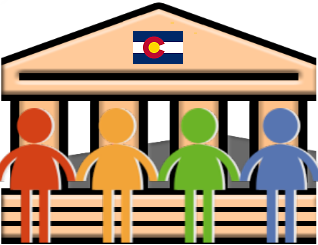To understand how a public bank can operate and make money for a state, county, or municipality that owns it, it is important to understand how banking is done in the United States, as well as most countries around the world. Most banks use a model of banking called fractional reserve banking. This model allows banks to lend out money that it tells depositors is available at any time, but in fact only a fraction of it is immediately available. It allows private banks to essentially create money ex nihilo (out of nothing).
The use of this model is very profitable for the banks but with the downside that it also creates the possibility of mass instability through bank runs. Since the Great Depression, these bank runs have been mitigated by government regulation and insurance through the Federal Deposit Insurance Corporation (FDIC). This tutorial looks at fractional reserve lending from the point-of-view of the bank — comparing it to what most Americans believe that banks do. Unless you are familiar with current banking techniques, you will be surprised by this information.
The following two videos go beyond the balance sheet of an individual bank to give a global overview of fractional reserve lending and how it works with multiple banks. The first of these videos shows again how money can be created that is many times the reserve amount. The second shows inherent instabilities of this model.
There are several things to note about how this affects the money supply. First, money is removed from the economy when a loan is paid back. Thus, to keep the money supply at the level required to keep the economy running smoothly, more loans need to be made. Also, when a loan is made, only the principal amount is created. The interest amount must be created in another loan to keep the money supply at the necessary level for an efficient economy. This is an additional source of instability not mentioned in the second video.
